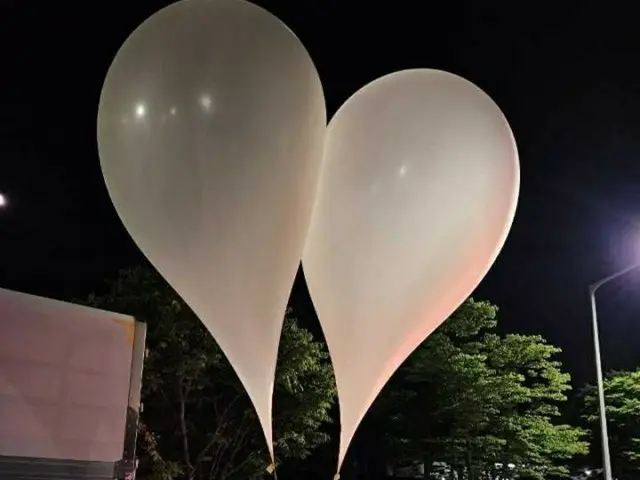"Cigarette butts, compost and used dried fruit were found in the balloons," said Lee Sung-Jun, head of the public relations office of the South Korean Joint Chiefs of Staff, at a regular press conference on the same day.
Batteries and broken cloth were found, and related institutions are currently conducting detailed analysis of these." The report added, "No contaminants such as chemical weapons materials have been found so far."
He continued, "South Korean civil society groups are attaching daily necessities to balloons and sending them north as humanitarian aid, but the North Korean military
"Flying the 'dirty balloon' is an attempt to block this," he said, adding, "It is a clear violation of the ceasefire agreement and is an inhuman, lowly and immature act."
The South Korean Joint Chiefs of Staff said, "As of 4 p.m. on the 29th, South Korean military authorities had found about 260 balloons, and none have been found since."
There was concern that if North Korea had sent a balloon south this time and it contained chemical substances, how would they respond?
"If North Korea did indeed launch a balloon with chemicals attached, this would be a huge provocation," he said, adding, "We will take appropriate measures."
He continued, "We ran a simulation assuming that a balloon was carrying a payload of about 10 kilograms, and that it contained chemicals or other substances.
As a result, even if the chemicals explode in the air, there is no danger,” he said. Until now, the South Korean military has taken the approach of safely retrieving balloons that have fallen to the ground, rather than shooting them down.
2024/05/31 08:18 KST
Copyrights(C) Herald wowkorea.jp 96

